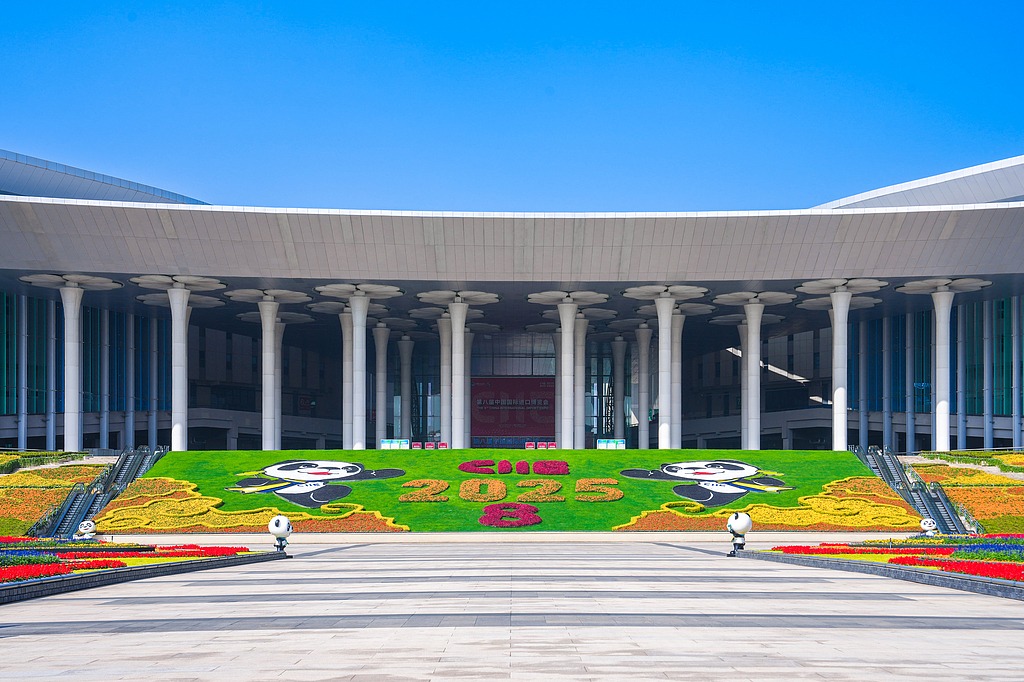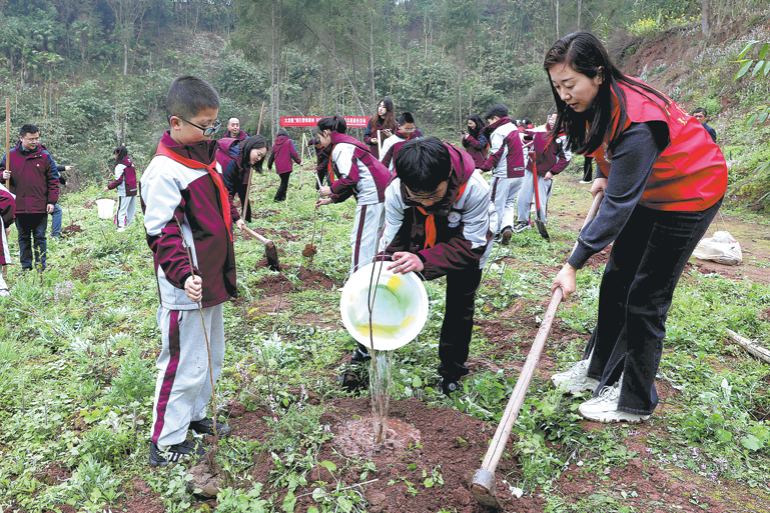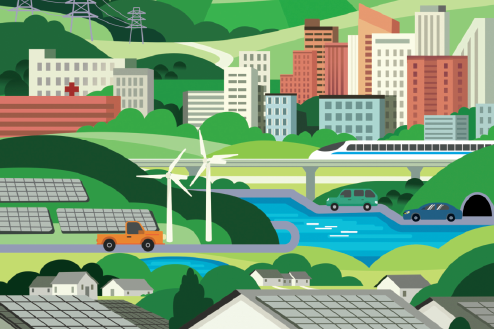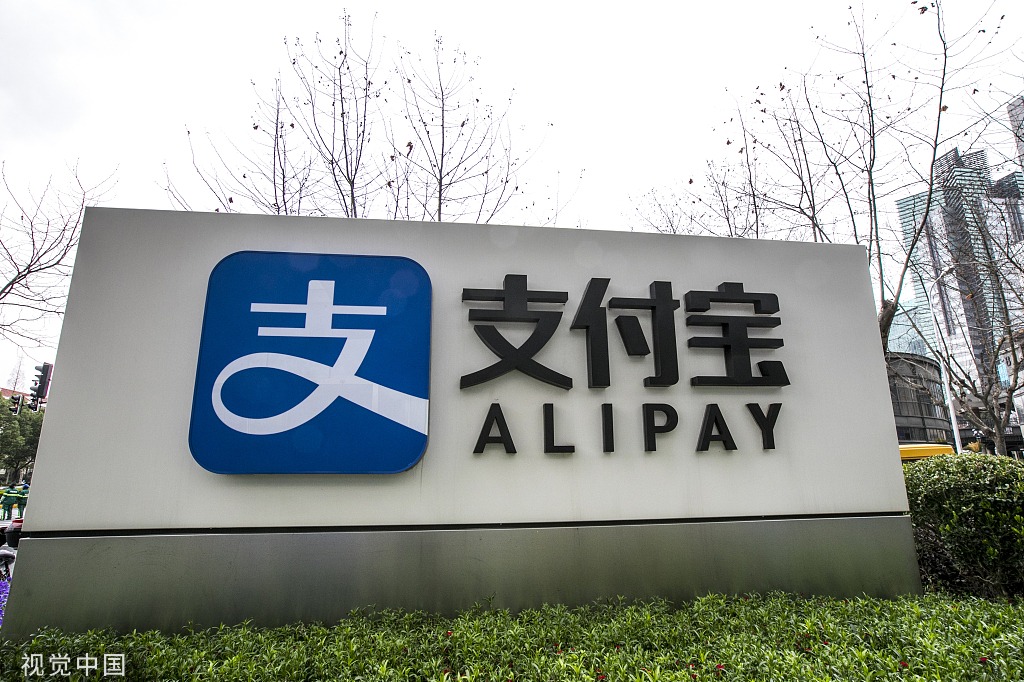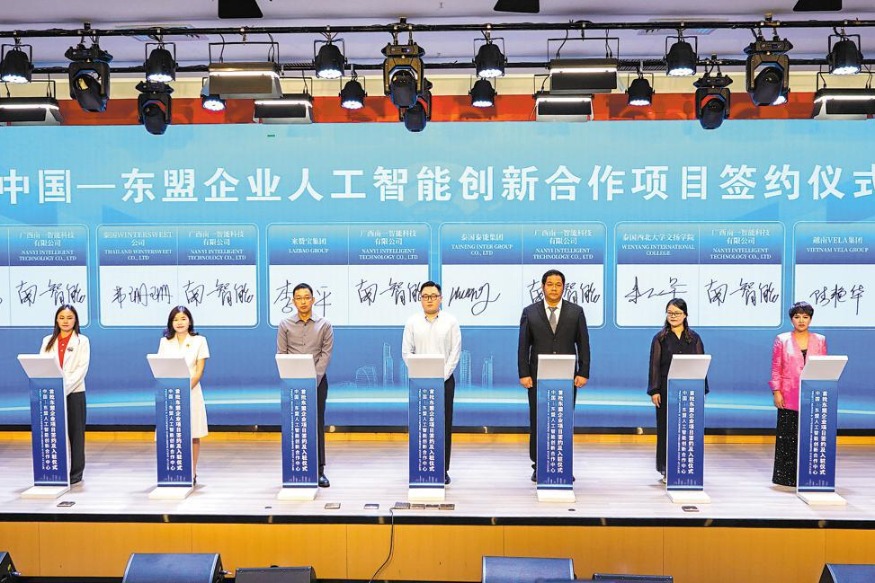CPEC: a decade of transformative cooperation


The year 2023 marks a significant milestone for the China-Pakistan Economic Corridor as it celebrates its 10th anniversary since its inception. As a flagship project of China's Belt and Road Initiative, the CPEC has emerged as a transformative force, reshaping Pakistan's economic landscape and strengthening bilateral ties between China and Pakistan. Over the past decade, the corridor has witnessed several major achievements, including the development of Gwadar Port City, energy projects, transportation infrastructure, and industrial cooperation. It has also paved the way for enhanced people-to-people exchanges, fostering cultural understanding and diplomatic cooperation between the two nations.
The essence of the CPEC's significance lies in its role as a potent catalyst for Pakistan's economic growth. One of its most remarkable achievements has been in the energy sector, where it has effectively tackled the country's persistent energy shortages. Through strategic investments in diverse energy projects, such as coal-fired power plants and hydropower stations, the CPEC has ushered in thousands of megawatts of electricity into the national grid.
This resolute effort has resulted in a significant reduction in power outages, fostering a conducive environment for thriving businesses and industries. In a noteworthy feat, a total of 14 power projects under the CPEC have been successfully commissioned, boasting a collective installed capacity of 8,000 megawatts, thus effectively addressing Pakistan's long-standing power scarcity. The stable energy supply has also caught the attention of foreign investors, enticing industries to establish their operations in Pakistan.
Furthermore, the development of transportation infrastructure has opened new avenues for economic growth and regional connectivity. The construction of modern roads, highways, and motorways has facilitated the movement of goods and people across different regions of Pakistan. The improved transportation network has reduced travel time, lowered transportation costs, and encouraged trade and commerce between various provinces.
Additionally, the proposed up-gradation of the Peshawar-Karachi railway line, one of the oldest and most critical rail links in Pakistan, will further enhance transportation efficiency, making it easier to move goods and raw materials.
Central to the CPEC's objectives, industrial cooperation takes center stage in attracting foreign investment and propelling industrial growth. The establishment of Special Economic Zones further enhances the allure for businesses by offering enticing incentives such as tax breaks and simplified regulatory processes, thereby encouraging a surge of industries to establish their operations in Pakistan. The SEZs play a pivotal role in generating employment opportunities, nurturing innovation, and facilitating the transfer of cutting-edge technologies. One remarkable success in this endeavor is the Rashakai Special Economic Zone, which has already completed its first phase and promises to be a formidable force driving regional economic growth.
Located at the southern end of the CPEC, Gwadar Port City stands as a shining gem in the crown of this transformative project. It has emerged as a strategic hub for international trade, presenting Pakistan with a golden opportunity to become a regional economic powerhouse. Gwadar's deep-water port and strategic location at the crossroads of three continents hold immense potential for economic growth and prosperity. The development of the port and its associated infrastructure has paved the way for new trade routes and seamless connectivity with global markets.
The upcoming Gwadar International Airport, a project generously funded by China, further solidifies the city's position as a thriving trade and logistics hub. Its airbase infrastructure was inaugurated on July 27, 2023, heralding a new era of enhanced connectivity and trade prospects for the region. With Gwadar's strategic location and state-of-the-art facilities, it is poised to unlock its true potential as a gateway to international trade and commerce.
Beyond its economic endeavors, the CPEC has woven a rich tapestry of people-to-people exchanges, enriching the cultural understanding between China and Pakistan. Educational and cultural collaborations have become the cornerstone of fostering mutual respect and trust, infusing warmth and strength into the bond of friendship that binds the two nations. As a result, the youth from both lands now enjoy more extensive avenues to immerse themselves in each other's cultural heritage, exploring the depths of traditions, language, music, and delectable cuisine. These interactions have ignited a spark of camaraderie, sparking a deeper sense of diplomatic cooperation that transcends borders and nurtures a lasting friendship.
While the CPEC has achieved remarkable success, it also faces challenges that must be addressed to ensure sustainable growth and mutual benefits. The success and sustainability of the corridor depend on ensuring a secure environment for all projects and personnel involved. The security dimension remains a critical concern, requiring continuous collaboration between Pakistan and China to safeguard the corridor from potential threats.
To sustain the momentum of economic growth, Pakistan must focus on technological advancements and human resource development. Embracing digital transformation and adopting innovative technologies can enhance the efficiency and productivity of industries, attracting further investments. Investing in vocational training and skilled manpower will ensure that Pakistan has a competent workforce to meet the demands of modern industries.
Creating a conducive business environment is essential for attracting foreign investors. Pakistan must continue its efforts to improve the ease of doing business, address regulatory issues, and provide a stable policy framework. A business-friendly environment, transparent regulations, and a predictable policy framework are crucial for instilling investor confidence and promoting economic growth.
The CPEC has undoubtedly been a catalyst for economic development in Pakistan, but it also presents an opportunity for the country to diversify its economic base. By focusing on sectors such as agriculture, technology, and tourism, Pakistan can leverage the benefits of the corridor to achieve long-term sustainable development. Strengthening agriculture and promoting agri-based industries can create employment opportunities and increase export potential. Similarly, investing in technology and innovation can lead to the emergence of a knowledge-based economy and drive further economic growth.
Looking beyond its borders, Pakistan must explore opportunities to enhance regional connectivity through the CPEC. The corridor's extension to Afghanistan and potential further expansion to Central Asia can foster regional economic integration and strengthen connectivity across borders. Enhanced regional connectivity can lead to mutual prosperity and stability, promoting peace and cooperation in the region.
As the curtains draw on the China-Pakistan Economic Corridor, its profound impact on Pakistan's economic development and the deepening of diplomatic ties between China and Pakistan cannot be overlooked. As it commemorates its remarkable ten-year journey, the CPEC remains an embodiment of collaboration and mutual benefit, with notable achievements in infrastructure development, energy initiatives, industrial partnerships, and enriching people-to-people exchanges. However, to ensure sustainable growth and prosperity, Pakistan must confront security challenges, embrace technological advancements, invest in human capital, and cultivate economic diversification.
By fully embracing the opportunities presented by the CPEC, Pakistan can position itself as a regional economic and trade hub, fostering stability and prosperity throughout the broader region. As the CPEC embarks on its next chapter, the path ahead brims with boundless potential for continued transformative cooperation between China and Pakistan, ushering in a promising era of shared prosperity and lasting camaraderie.
The author is an international expert specializing in the Belt and Road Initiative (BRI), Afghanistan, South, and Central Asia. He is the founder of the Belt and Road Initiative for Sustainable Development (BRISD), a newly established global think-tank headquartered in Islamabad, in conjunction with the one-decade celebration of BRI. The views don't necessarily reflect those of China Daily.
If you have a specific expertise, or would like to share your thought about our stories, then send us your writings at opinion@chinadaily.com.cn, and comment@chinadaily.com.cn.
















